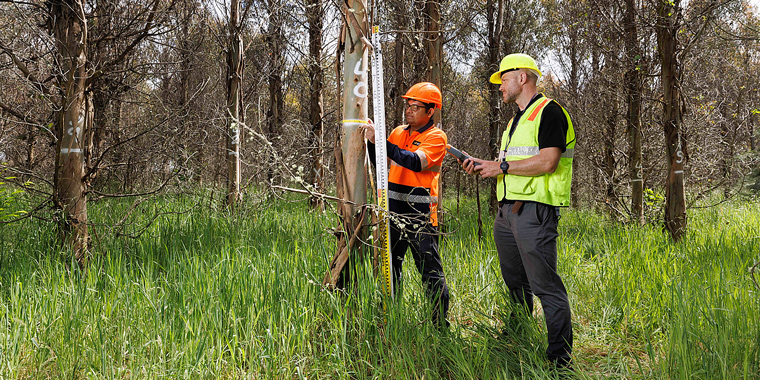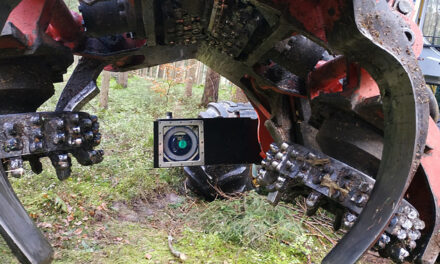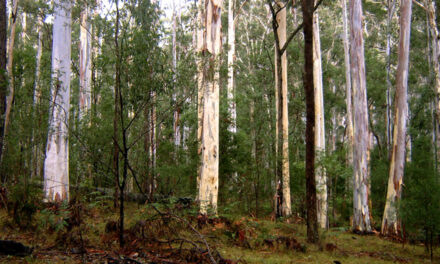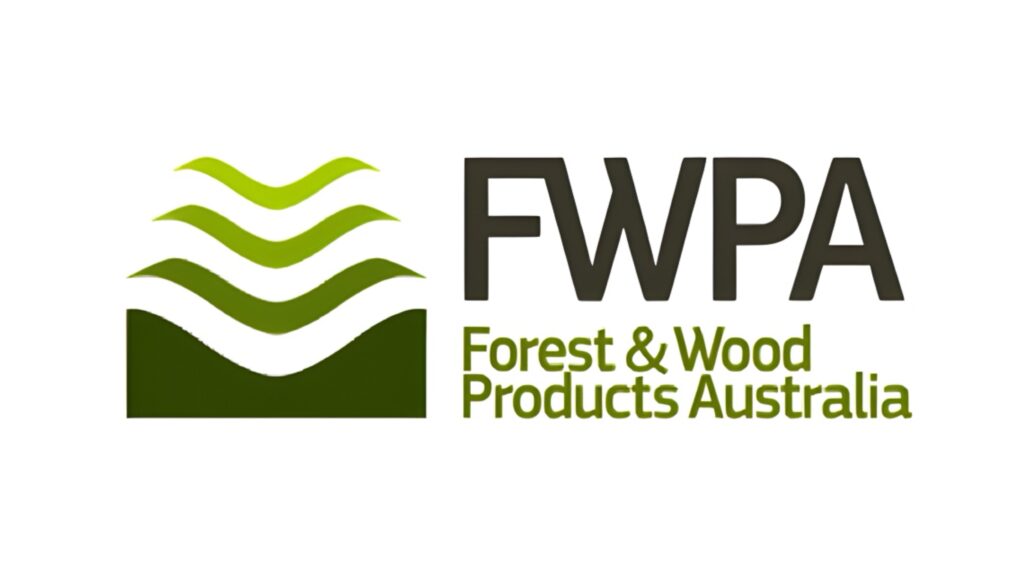SHORT ROTATION FORESTRY: CHANCE TO
RESHAPE NZ’S ENERGY FUTURE
Short Rotation Forestry Bioenergy Handbook targets landowners, forest investors and government agencies. Image: Scion
The pressing need to invest in sustainable energy sources has presented an opportunity for regional New Zealand to adopt short rotation forestry (SRF) for bioenergy production.
Timber & Forestry enews invited Dr Alan Jones, silviculture and forest carbon scientist at Scion – and co-author of the recently released Short Rotation Forestry Bioenergy Handbook – to comment on the prospects for SRF as the country looks for ways to transition to a circular bioeconomy and meet its net zero carbon commitments.
Dr Jones says Scion’s modelling “shows that short rotation forestry as a feedstock for bioenergy has the potential to replace 6% of New Zealand’s annual fossil fuel demand from less than 1% of the land area.
“We’ve built on research from a decade ago and assessed the feasibility of rapidly upscaling bioenergy production from forests. And we’ve found there are particular regions well-suited to short rotation forestry, which provides a real opportunity for communities to transform their economic base and reshape the country’s energy future.”
A key outcome of Scion’s research is the handbook, which targets landowners, forest investors and government agencies.
Dr Jones says the research “recommends that short rotation forestry should be established on lower value land (Land Use Capability Classes 5-7) in locations where transport distances to processing locations can be minimised.
“Our spatial analysis has identified several wood supply regions where high centres of future bioenergy demand coincide with the availability of such land. These include Northland, Central North Island, East Coast, Hawke’s Bay, Canterbury and Otago-Southland wood supply regions.”
He also notes that even if available residual forestry waste is used efficiently as a bioenergy feedstock, there will still be a need to grow new forests to keep up with future demand for bioenergy, and to supply liquid biofuels for transport.
“The differences in cost between slash recovery and short rotation forestry will be dependent on a range of factors, with land costs being prominent. Slash recovery has a potential advantage because it would be derived from land with existing forestry use … while SRF will be established on former grazing land.
“For the purposes of our assessment, we targeted the cheapest areas of afforestable land for new SRF plantations. This puts SRF biomass production in a similar cost-benefit ballpark to residual biomass recovery from existing forest plantations.
“The key thing with SRF is this biomass production system enables ongoing expansion of biomass generating capacity on areas of economically marginal land, which provides options for landowners.”
According to Scion’s modelling, SRF would involve growing and harvesting trees on 12- to 18-year rotations (considerably less than the conventional 28-year harvest cycle).
Dr Jones says it’s all about developing forest systems that are optimised for bioenergy. “But the benefits would go much further if decentralised processing of harvested material was promoted to stimulate regional economies and fast-track bioenergy availability.
“It makes sense to build processing facilities in more economically disadvantaged regions because the energy itself is a lot cheaper to transport once it’s chipped and dried, or transformed into liquid biofuels.”
Scion’s productivity modelling suggests that stocking between 650 and 1,250 stems per hectare would be ideal for bioenergy – depending on species, site and rotation age. “Under this regime, with no pruning or thinning, plantations would return a mean annual increment (MAI) of between 20 and 30 tonnes per hectare.
“The stocking rates we suggest are not especially radical from a commercial production forest perspective – but there are a number of potential biophysical risks that could emerge with such a regime, including fire.
“However, such risks would be comparable to, for example, a densely stocked pulpwood plantation. The important point is that such considerations should be carefully evaluated before SRF establishment, – similar to other types of forest plantations, which also require their suitability and inherent levels of risk to be carefully appraised across a range of landscape types.”
In next week’s edition, we’ll look at the ideal species identified by Scion for short rotation forestry, and the optimal genetic traits to maximise production.
MAIN PIC: Scion senior technician Sumedha Amarasena and scientist Alan Jones measuring the growth of eucalypts in a field trial. Image: Scion










